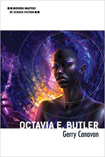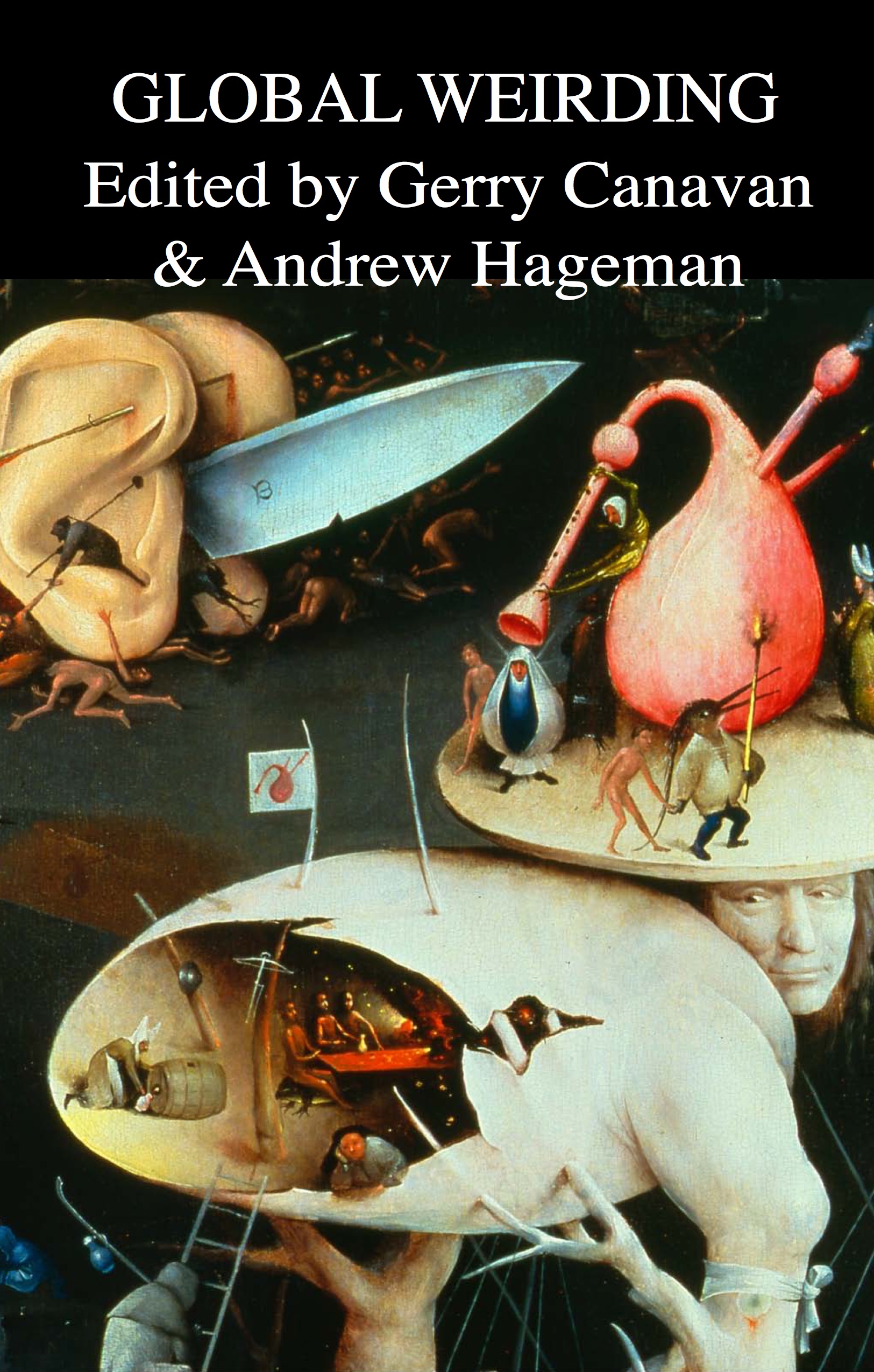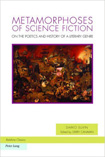Get Rid of God
…in comics. Via Gravity Lens.
Over the last 30 years or so, we’ve ended up with this vast collection of comics, mostly horror comics or claiming to be, involving devils, demons, angels and God. For a long time, religion in comics was, um, sacrosanct, and what there tended to be of it was either winking “miracle” stories (very popular around Xmas) or transliterated into humanist terms – “good” beats “evil” – and it was all tied in with various other “pro-social” tenets: the policeman is always your friend, the government never lies to you, do whatever your parents tell you, anyone can grow up to be president, etc. Existence as a series of clear cut, reductionist morality tales. There are still a few people, mostly inside the business, who think that’s what comics should be. Blame Marvel for what’s come since, sort of. As the Comics Code weakened and “horror heroes” were seen to be the company’s new bread and butter in the ’70s (it didn’t quite work out that way, but at least the trend lasted long enough to give us “the world’s first Jewish monster hero,” since Jewish monsters were certainly what everyone had been clamoring for) Marvel steered clear of God (except for a literal deus ex machine cameo by Jesus) but, leaving devil stand-ins Mephisto for “godly” heroes like Thor and the Silver Surfer and Satannish (I guess he was only sort of like Satan) for Dr. Strange, invoked The Devil himself as a villain in GHOST RIDER. Which led to series starring the Prince Of Evil’s hitherto unsuspected half-human offspring, SON OF SATAN, and his more evil sister, Satana. Not that Marvel was the first publisher to go this route, not quite, but it was the highest profile.
It was the first to face the logistical problems of inserting concrete Judeo-Christian figures (as opposed to standard Judeo-Christian mores) into what was until then pretty much a liberal humanist (even pantheonic) fictional universe. It was never a comfortable fit. It’s the curse of theology that you can insert God without inserting the Devil, but not the other way around: you stick Old Nick in there, you’re automatically talking about the Big Guy In The Sky as well. Later companies were mostly able to dodge Marvel’s problem mainly by dodging the whole liberal humanist thing altogether, pumping out story after story of humanity beset, knowingly or otherwise, in a war between angelic and demonic forces. Throw in a popular perception by the late ’90s that “grim’n’gritty” is where it’s at, and suddenly there are slews of comics embodying the Chaos! Comics approach: the demonic forces are the protagonists, or, more often, a usually highly buxom demonic protagonist rebelling against Satan or a stand-in as Satan rebelled against all that’s good and holy. Demonic protagonists are exceptionally useful when the focus is on guts and bloodshed, and it’s in this context that issues of creative freedom are shallowly, probably unwittingly, reflected in what amounts to tales of Luciferian rebellion.










Leave a comment